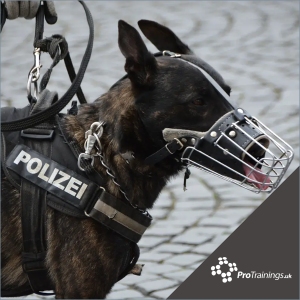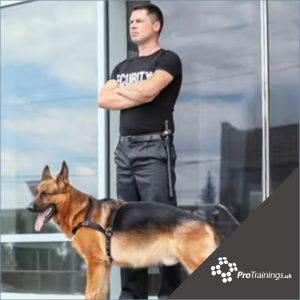In partnership with Animal Friends Pet Insurance, Dani Hickman, Director at Dog First Aid Training Ltd, provides essential guidance on performing CPR on dogs in emergencies.
Hickman shares a five-step process that every dog owner should know.
Step 1: Assessment of Consciousness
Approach the dog safely from the head area, so they can see you coming. Call their name and clap your hands to gauge a response. If there is no reaction, check for a response to touch by tapping the dog’s back with the back of your hand if it’s your dog, or using your foot if it’s a dog you are unfamiliar with to avoid being bitten.
Step 2: Checking the Dog’s Pulse
If the dog does not respond to sound or touch, the next step is to check for a pulse. Place three fingers on the inside of the rear leg, mid-thigh, to feel for the femoral artery. Alternatively, place your hand on the dog’s chest to check for a heartbeat.
Step 3: Starting Chest Compressions
If no pulse or heartbeat is detected, begin chest compressions immediately. For dogs weighing under 10kg, place your hands over the heart; for those over 10kg, place your hands on the highest part of the ribcage. Compress at a rate of 100-120 per minute, ideally with the dog lying on its right side to access the heart on the left.
Step 4: ABC – Airway, Breathing, Circulation
After two minutes of compressions, check the dog’s ABCs:
- A – Airway: Open the mouth and remove any obstructions.
- B – Breathing: Hold your hand in front of the dog’s nose to check for breath or watch the chest for movement.
- C – Circulation: Feel for a pulse again to determine if circulation has resumed.
Step 5: Compressions and Rescue Breaths
If the dog is still not breathing and has no pulse, continue with compressions and begin rescue breaths. This involves 30 compressions followed by 2 rescue breaths, continuing the cycle for up to 20 minutes if necessary. Rescue breaths should be delivered by closing the dog’s mouth, placing your mouth over their nostrils, and breathing until the dog’s chest rises and falls.
Knowing how to perform CPR could save a dog’s life, making it a crucial skill for all dog owners.








